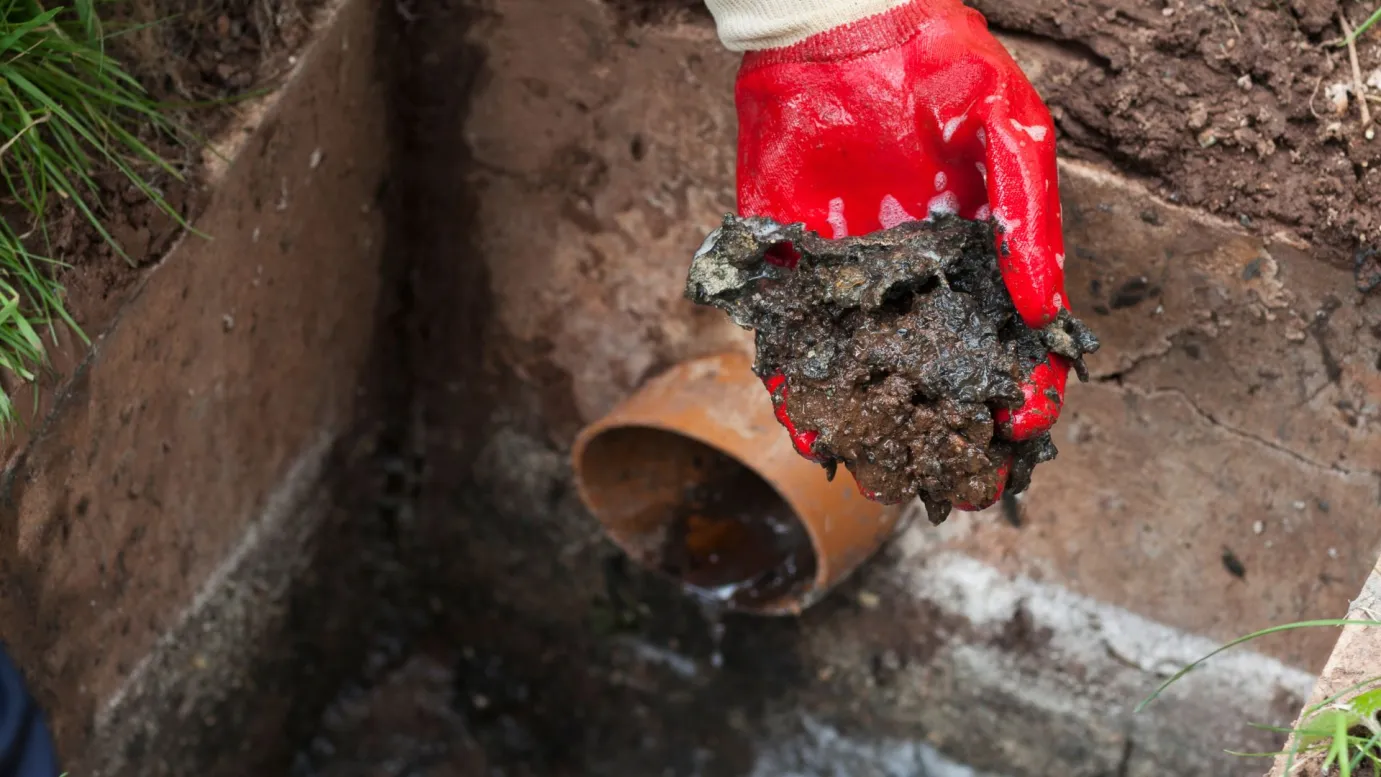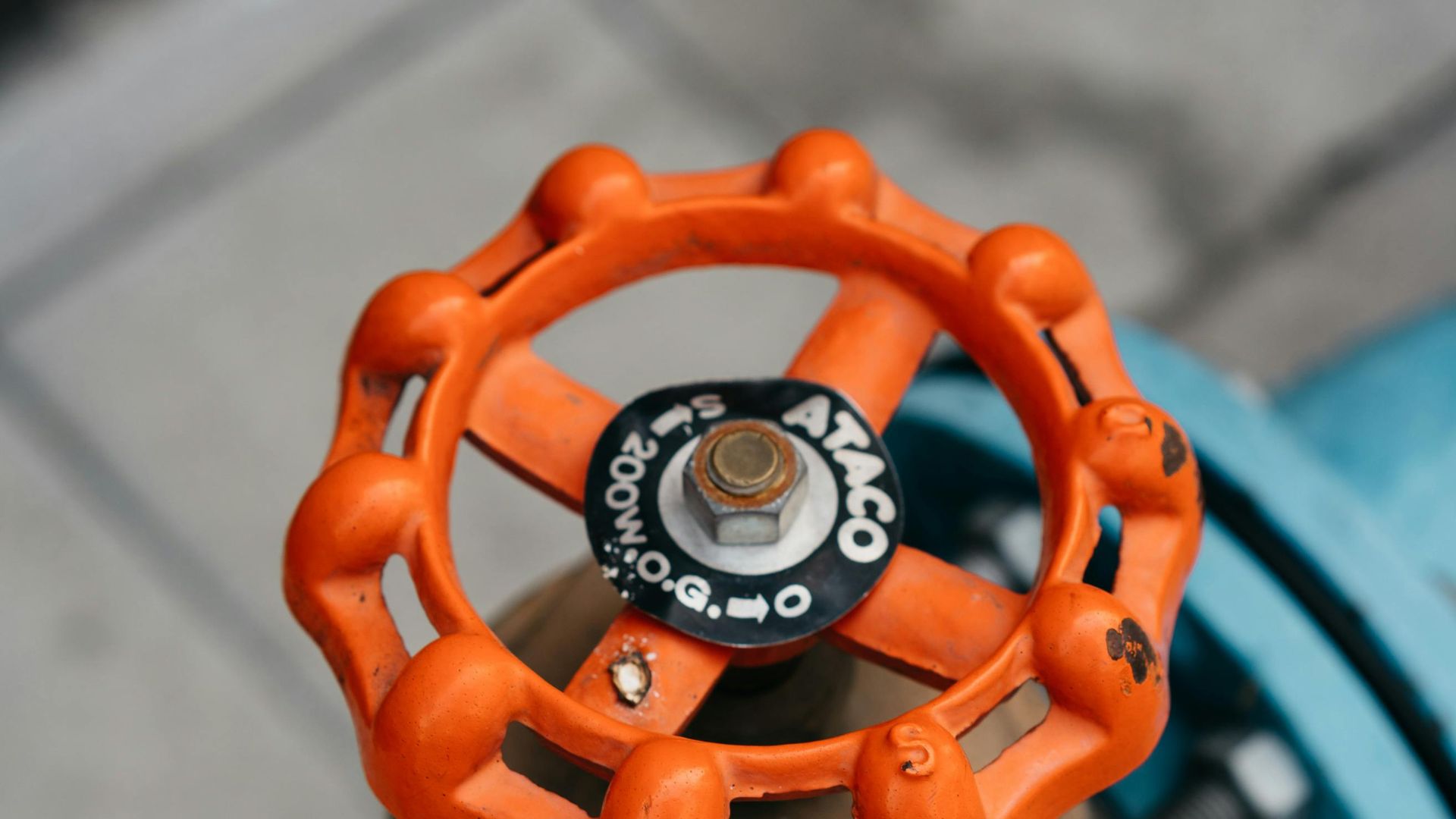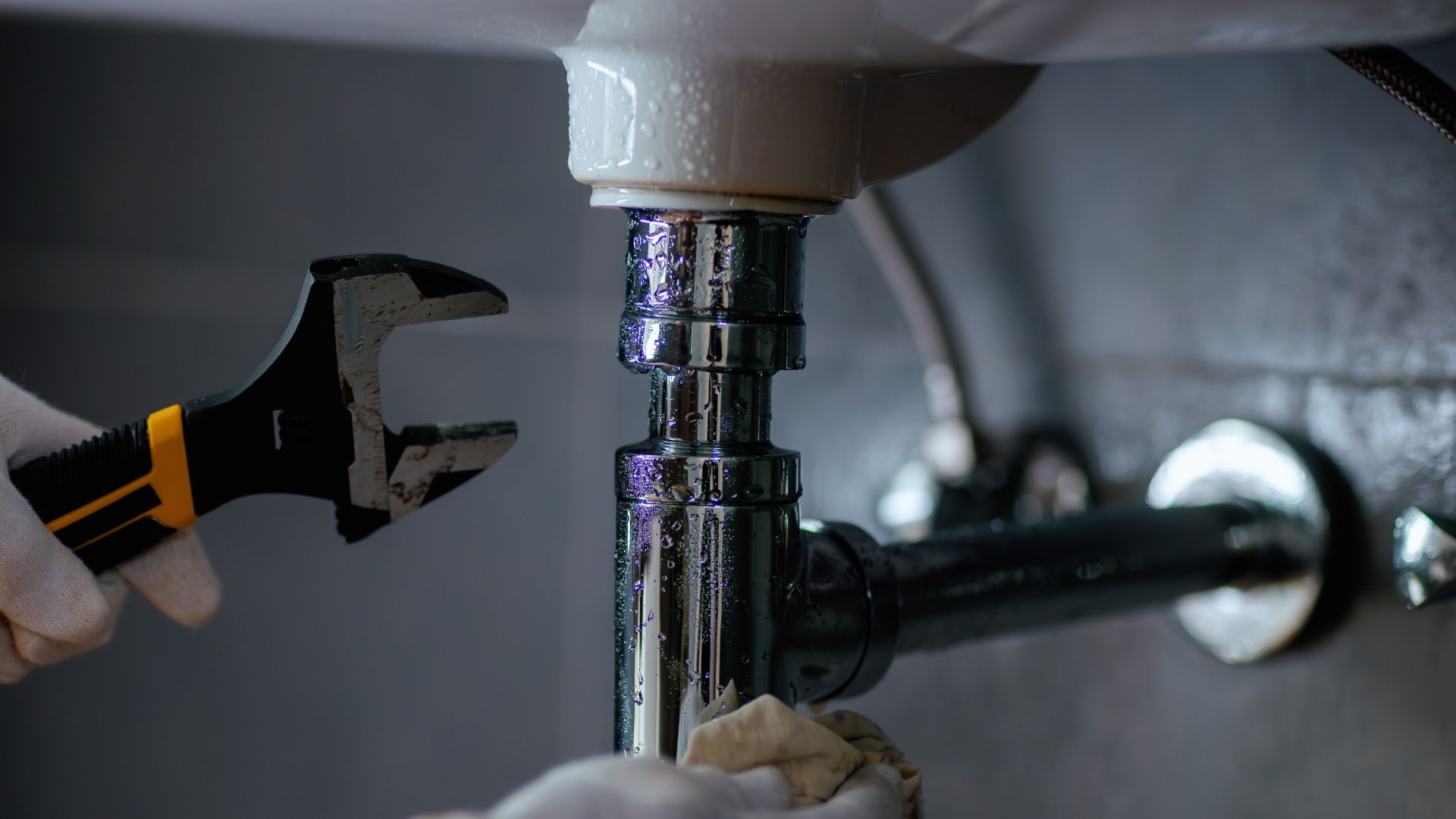Gas cooktops are a staple in many Aussie kitchens—and it’s easy to see why. They heat up fast, give you better control over your cooking, and are a favourite among home chefs. But there’s one thing that often gets overlooked: ventilation.
Cooking with gas doesn’t just release heat—it also produces by-products like carbon monoxide, nitrogen dioxide, and water vapour. Without proper ventilation, those gases can hang around your kitchen longer than you’d like, affecting both your health and your home.
Poor ventilation can lead to more than just a musty smell. Over time, trapped moisture and fumes can damage your paintwork, ceilings, and cabinetry—and that’s before we even talk about the impact on your indoor air quality.
That’s why ventilation isn’t just a good idea—it’s essential. Whether you’re renovating, upgrading your appliances, or building from scratch, making sure your setup meets Australian standards is a smart move for both safety and comfort.
What the Standards Say About Gas Cooktop Ventilation
In Australia, there are specific regulations designed to keep gas appliances safe for indoor use. The two main ones are AS/NZS 5601.1 and the National Construction Code (NCC).
These standards spell out what’s needed in terms of ventilation—whether it’s through natural means like openable windows or permanent vents, or through mechanical systems such as rangehoods and exhaust fans. The idea is to maintain a steady flow of fresh air while efficiently removing cooking fumes and moisture from your kitchen.
Modern homes, especially the well-sealed ones, often benefit more from mechanical ventilation. And it’s not just about airflow—there are clearance rules too. For example, rangehoods should sit at least 650mm above gas cooktops (600mm for electric), to ensure safe and effective extraction.
And remember, installation isn’t a DIY job. A licensed professional is required to ensure everything’s up to code and working as it should.
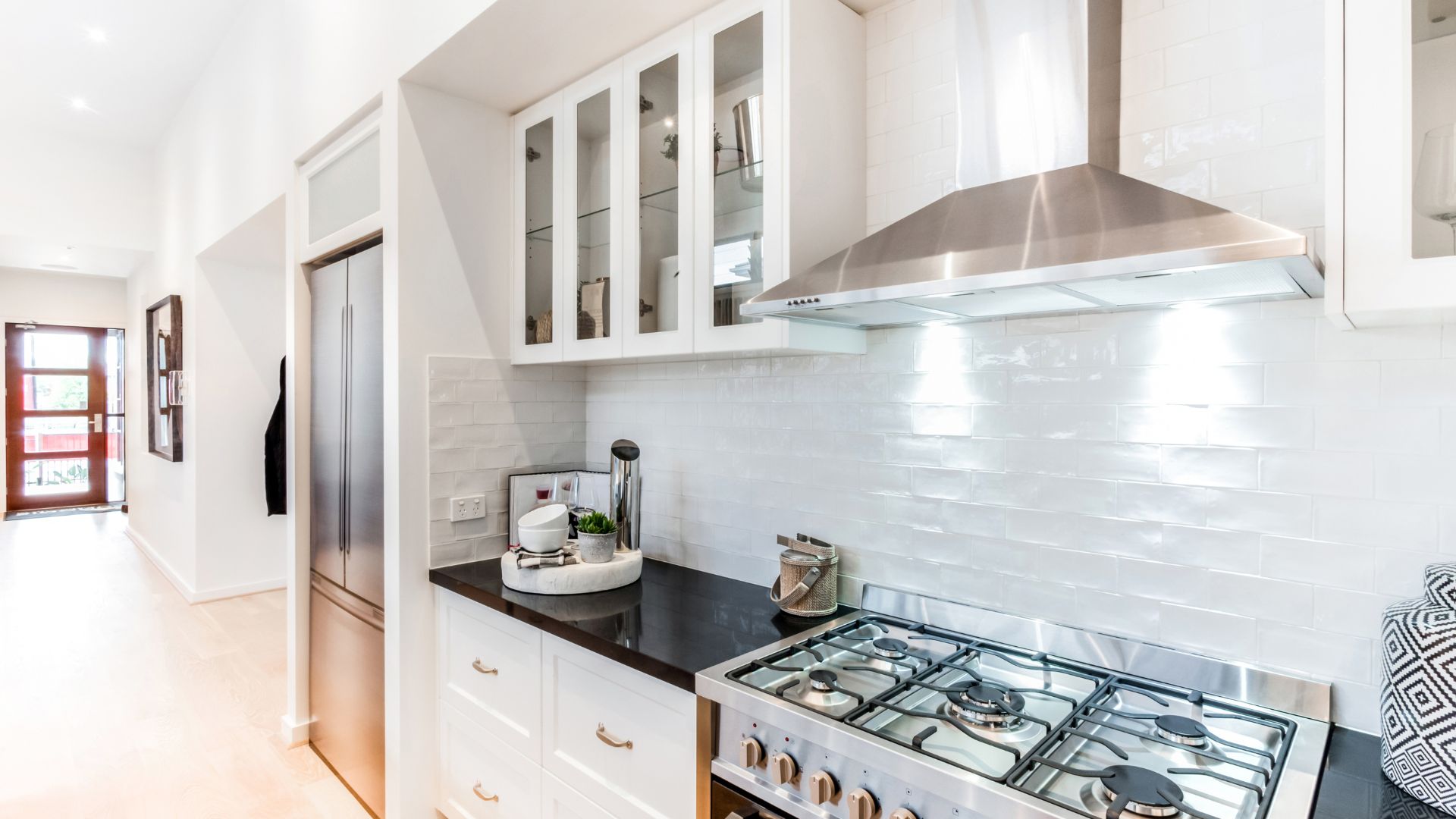
Choosing the Right Ventilation for Your Kitchen
Not every kitchen needs the same ventilation setup. The best system for you depends on your layout, how often you cook, and whether you’ve got access to external ducting.
Ducted rangehoods are generally the top choice. They pull air through filters and send it outside, removing smoke, steam, and gases in one go—perfect for frequent cooks.
Recirculating rangehoods filter and return the air to the room. They’re easier to install and great for places where ducting outside isn’t an option (like in some apartments), but they’re not as effective at getting rid of moisture and odours.
Exhaust fans are another option—usually installed on ceilings or external walls. They’re more affordable and work well in smaller kitchens when paired with natural ventilation.
Some modern kitchens use ceiling-mounted systems or downdraft extractors for a sleeker look, but whatever system you choose, make sure it meets current regulations and suits how you use your kitchen.
Why Ventilation Matters for Indoor Air Quality
A poorly ventilated kitchen doesn’t just feel stuffy—it can lead to real problems.
You might notice food smells that hang around, windows fogging up, or surfaces that feel greasy after cooking. These are all signs your ventilation system isn’t keeping up.
More importantly, gases like carbon monoxide and nitrogen dioxide can build up without proper airflow. While you might not notice the effects straight away, over time, they can trigger headaches, eye irritation, or breathing issues—especially in smaller, enclosed spaces.
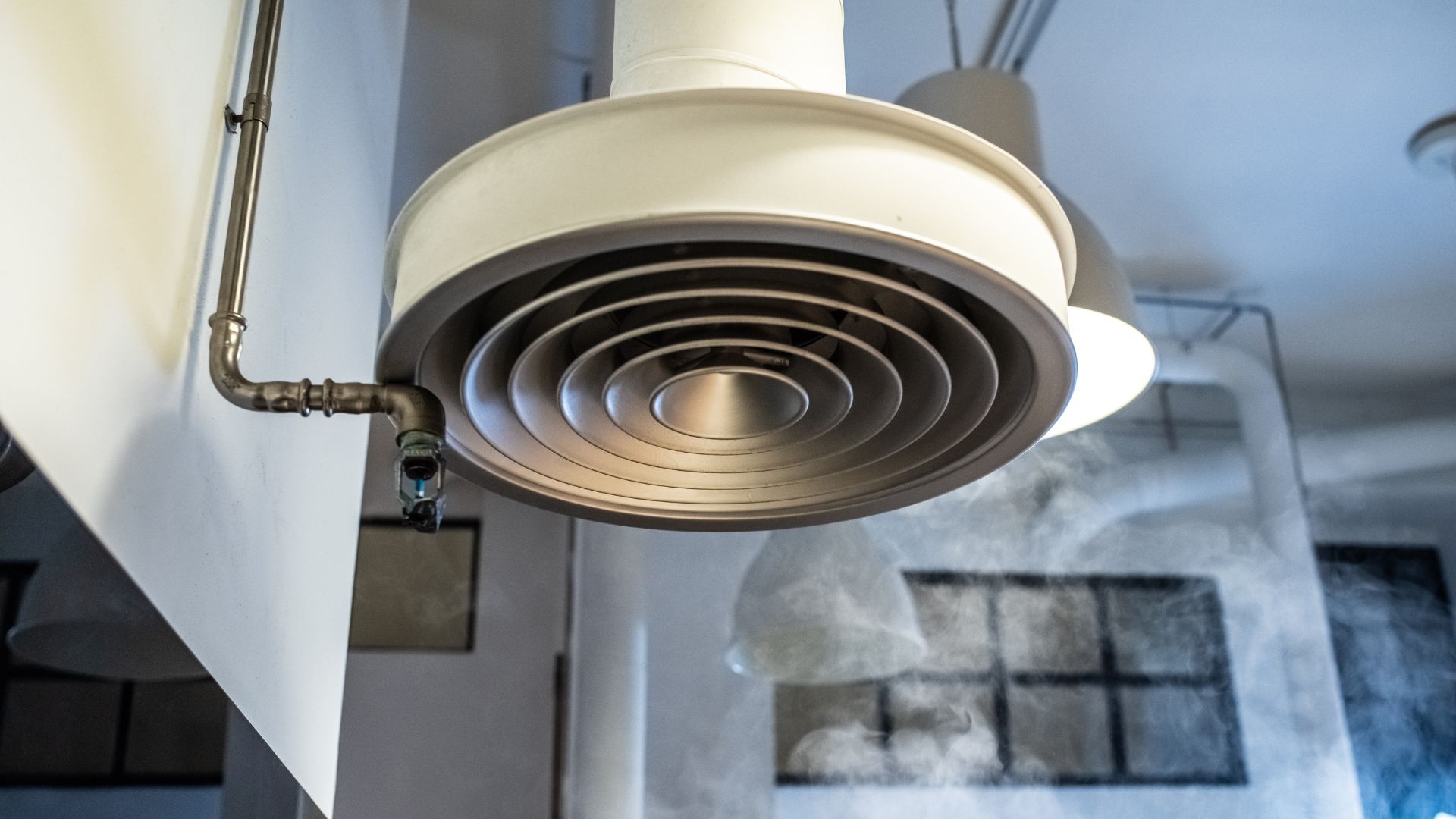
Moisture is another issue. Too much of it can damage cabinetry, paint and plaster and even lead to mould and mildew—both of which are bad news for your health.
Good ventilation clears the air, protects your home, and keeps your kitchen a safe and pleasant space to cook in.
Getting Rangehood Size and Placement Right
When picking a rangehood, airflow capacity is key. It’s measured in cubic metres per hour (m³/h), and what you need depends on your cooktop size and how much cooking you do.
For bigger cooktops or regular cooking, you’ll need a model that can cycle the kitchen’s air multiple times per hour. But don’t just go for the most powerful one—too much suction can be noisy and inefficient.
Placement matters too. Your rangehood should sit directly over the cooktop, without anything blocking it, and be mounted between 650mm and 750mm above the surface of a gas stove. Too low, and you risk a fire hazard. Too high, and it won’t capture steam and fumes effectively.
A correctly sized and positioned rangehood makes all the difference in keeping your kitchen clean, safe, and comfortable.
Common Ventilation Mistakes to Avoid
Even with quality gear, a dodgy installation can cause long-term issues.
One of the most common errors is using cheap ducting or running it through too many tight bends, which reduces airflow and strains your rangehood. Another big mistake? Venting into the ceiling cavity instead of outside. That just shifts the problem somewhere else—and can lead to moisture damage over time.
Some setups ignore the manufacturer’s height recommendations or place the rangehood off-centre, which limits how well it works. Others use the wrong type of filters or forget to clean them regularly, leading to a gradual drop in performance.
DIY installs are especially risky—miss a step or use the wrong materials, and you could end up with safety issues, non-compliance, or even void your warranty.
Bottom line? Get it done properly the first time by a licensed professional.
Signs It’s Time for a Ventilation Upgrade
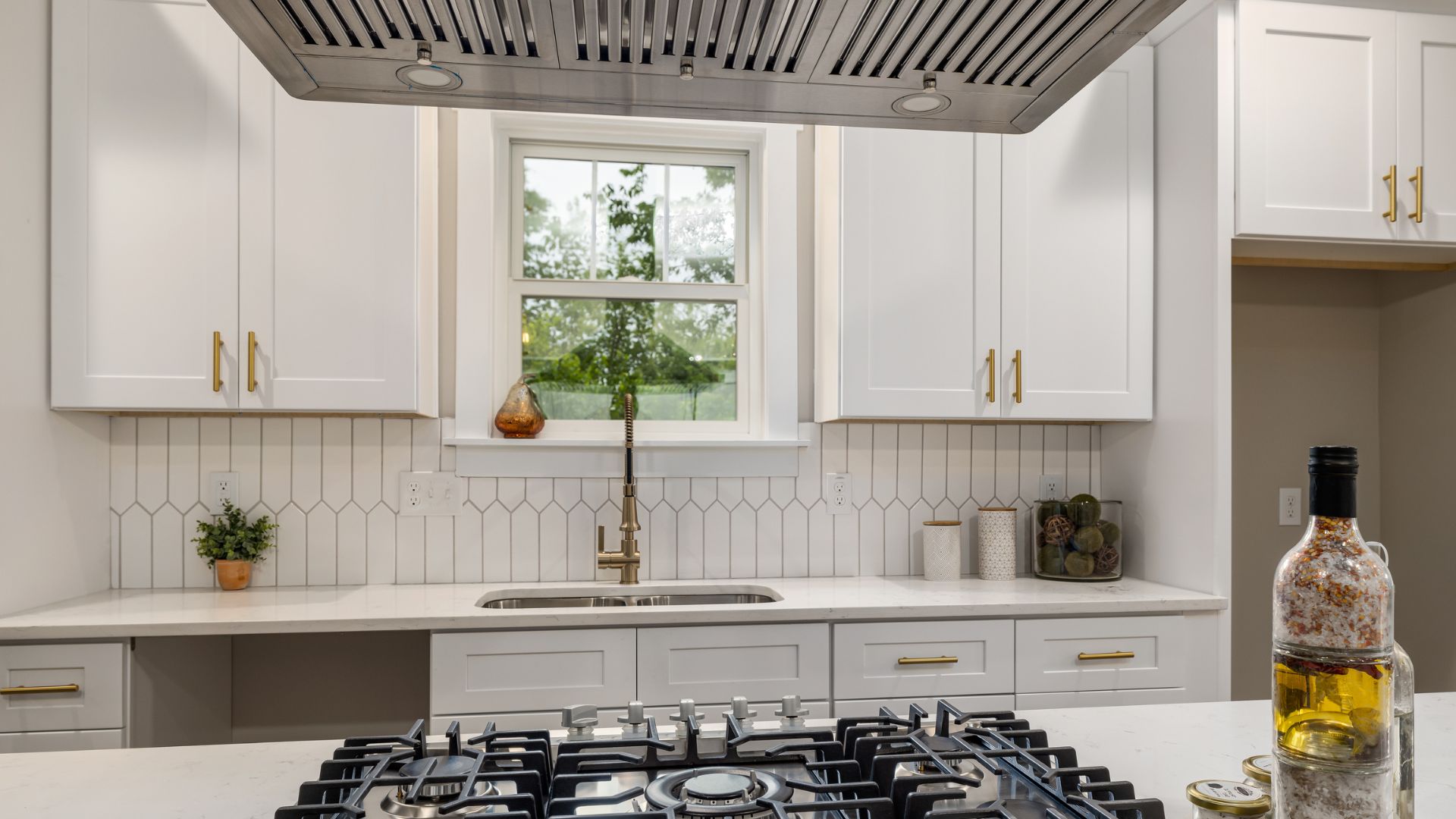
If your kitchen feels stuffy or smells linger longer than they should, your current system might be underperforming.
Condensation on nearby windows, a drop in rangehood power, or noisy fans are all signs something’s not quite right. And if you’re switching from electric to gas, renovating, or living in an older home that hasn’t had an update in years, it’s definitely worth reviewing your setup.
Bringing your ventilation system up to standard is a smart investment in your health and your home.
Work with the Experts Who Know Kitchen Ventilation
Looking to upgrade your kitchen ventilation or install a new gas cooktop? Fixed Today is here to help.
Our licensed team knows the ins and outs of gas appliances and Australian safety standards. We’ll help you choose the right system, install it properly, and make sure everything’s running smoothly—so you can cook with confidence.
Whether it’s a new build, a renovation, or just time for a better setup, we’ve got you covered. Reach out to Fixed Today and get your kitchen sorted, safely and professionally.

